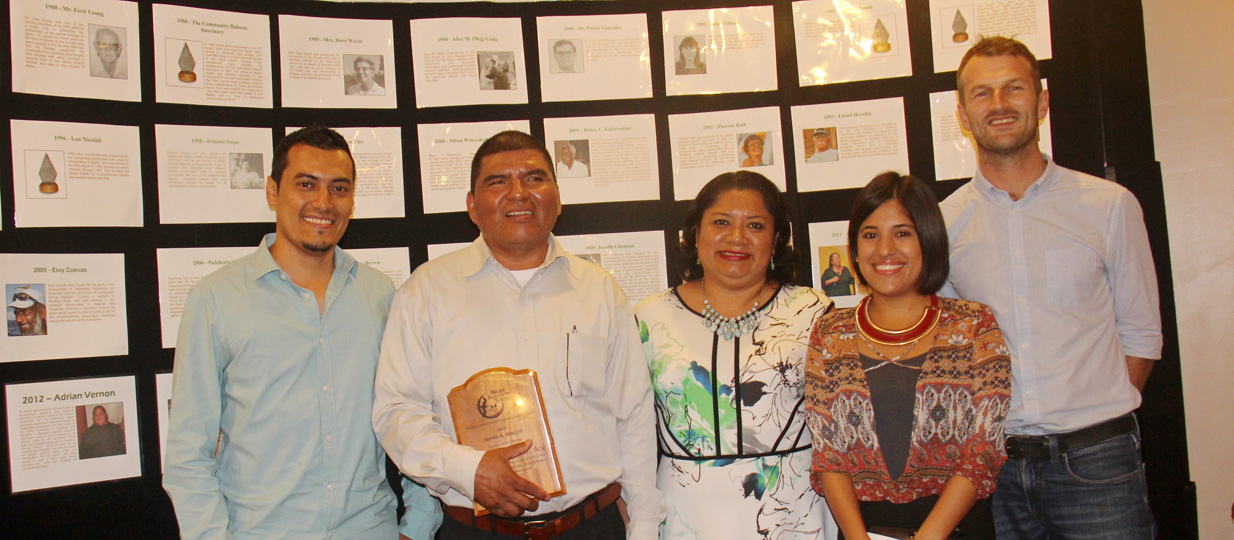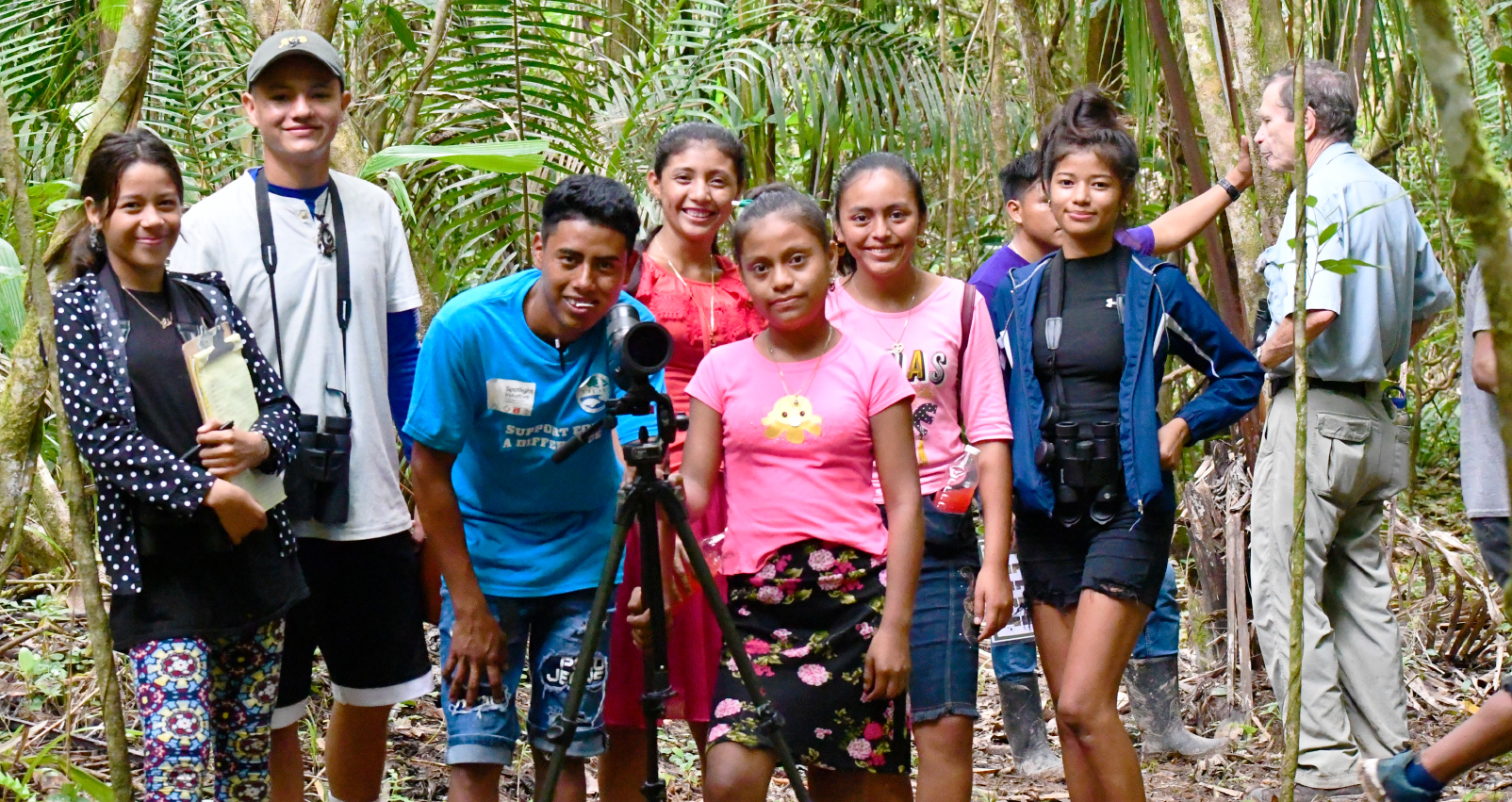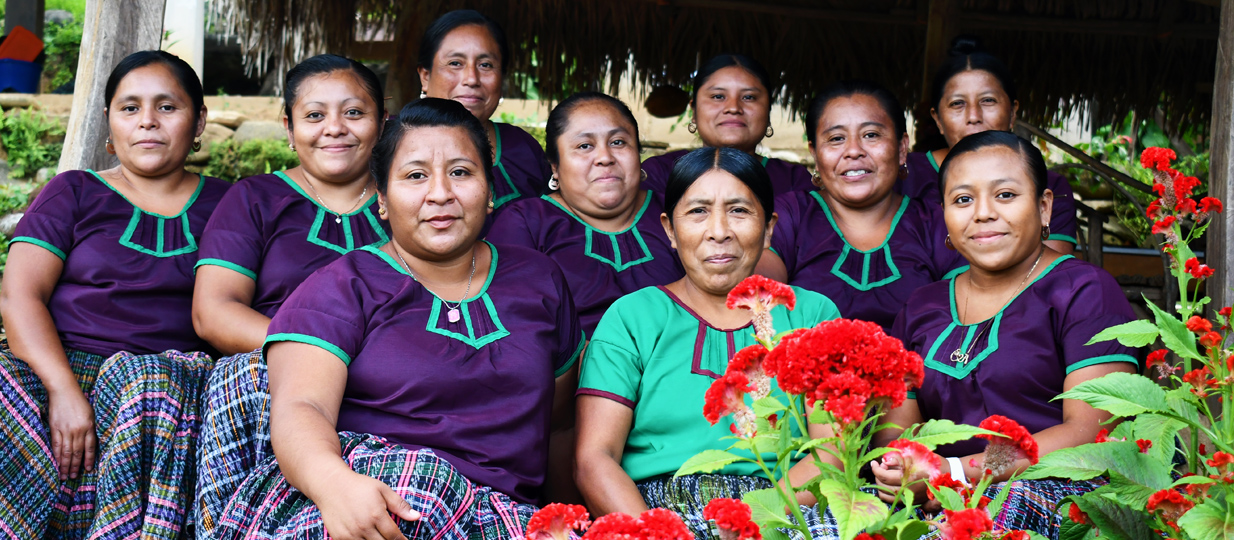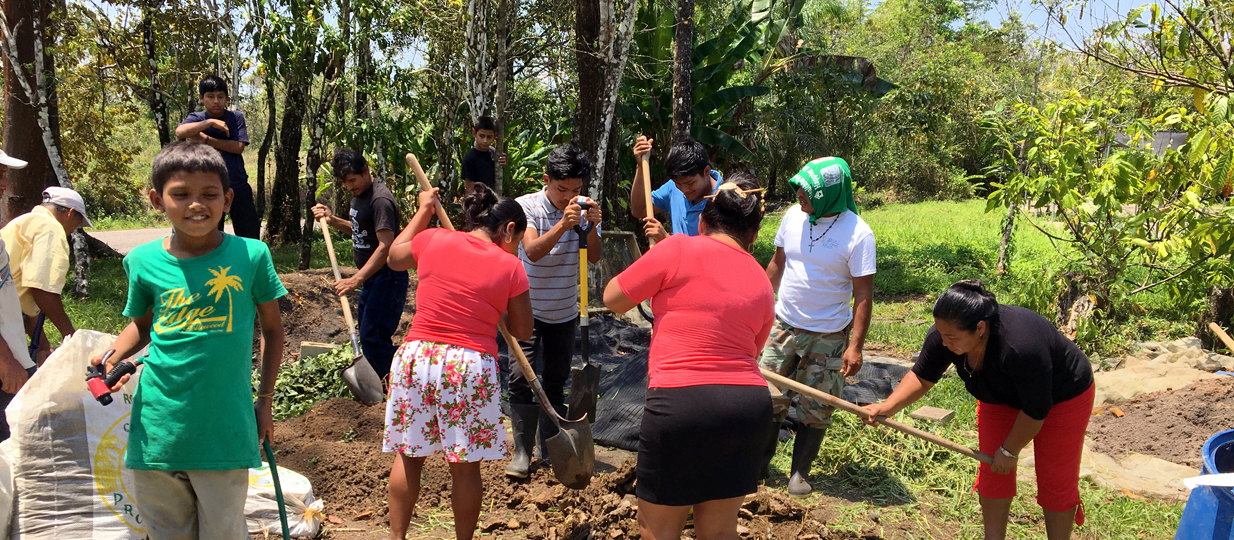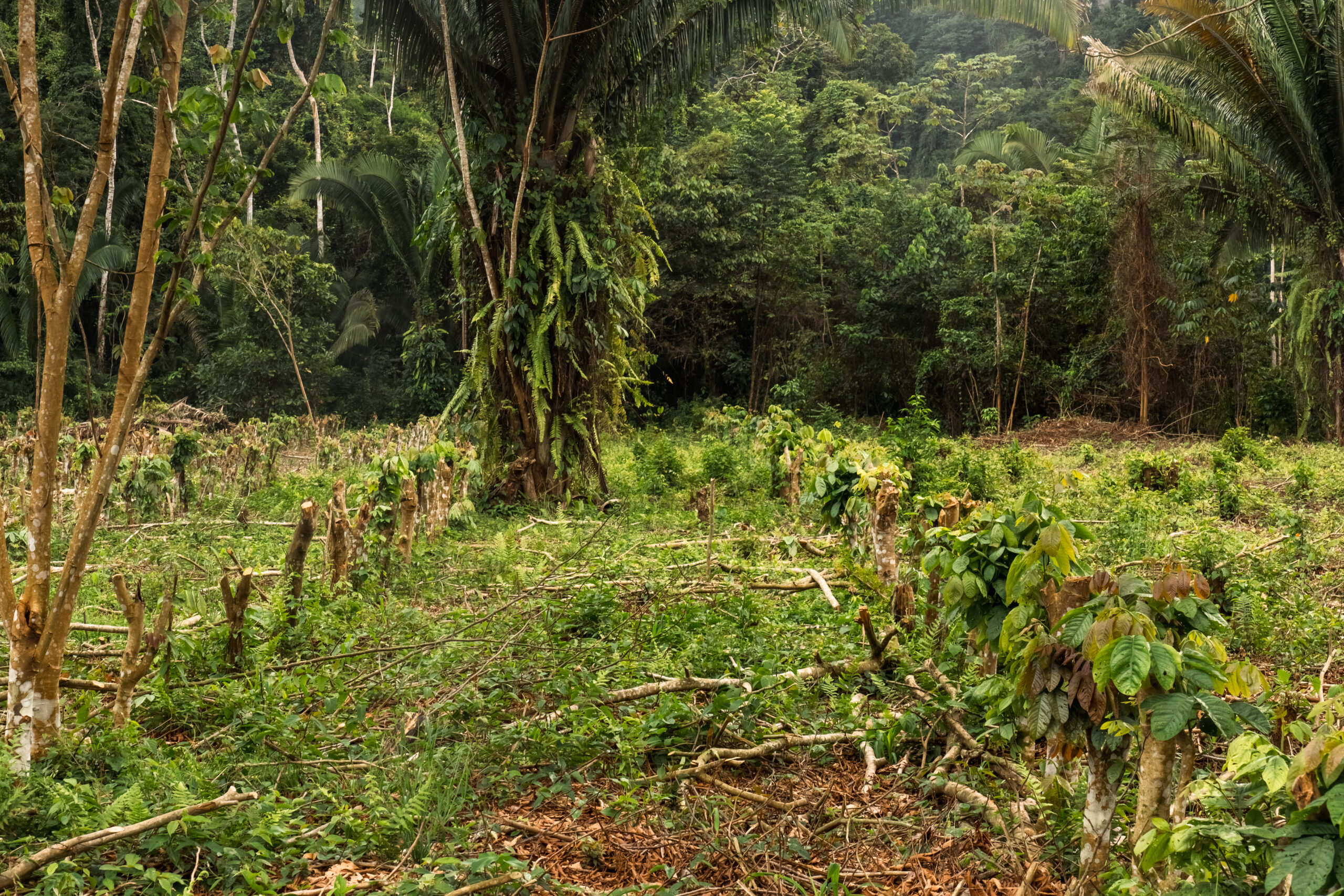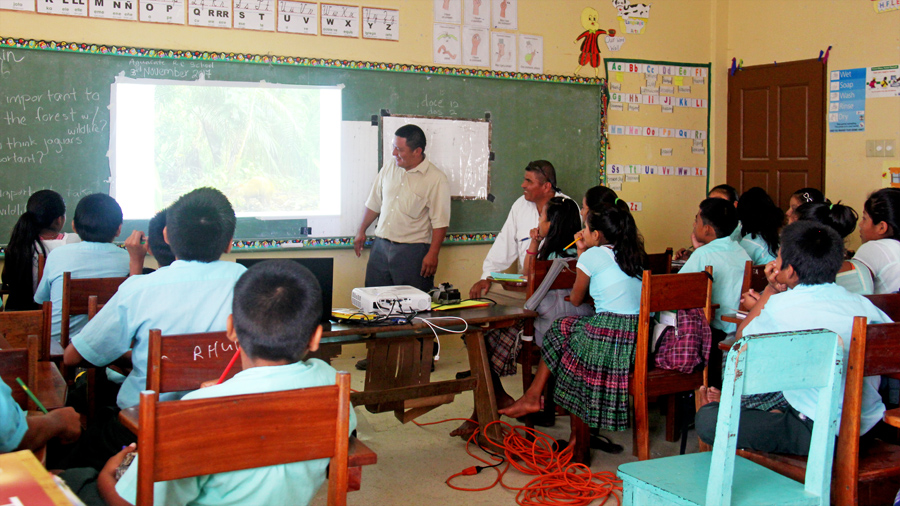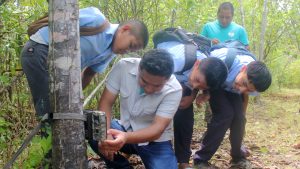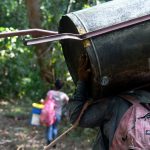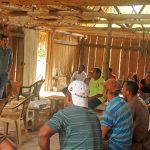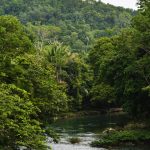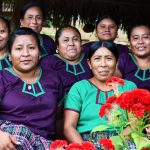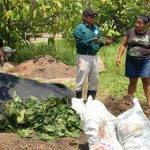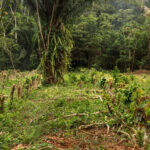Living with Jaguars
Jaguars are one of five cat species in Belize and are an important part of the ecosystem, as well as a draw for the tourism industry. As more forest habitat is converted for agricultural activities and community development, clashes between people and the forest’s apex predator become more frequent. As part of our mission to promote harmony between nature and human development for the benefit of both, Ya’axché is working along with government agencies and non-governmental organizations to find solutions to this ever-growing issue.
Human-jaguar conflict is most strained with livestock farmers in the Toledo District of southern Belize. In 2015, twenty-two jaguar attacks on livestock were recorded, with more occurring that were not reported. Protected Area Manager Marchilio “Moon” Ack, who also serves as Human Jaguar Conflict Officer at Ya’axché, has been collecting information on incidents and advising farmers on better farming practices since 2015. This vital aspect of Ya’axché’s work is critical for the conservation of jaguars and other wild cat populations in Belize.
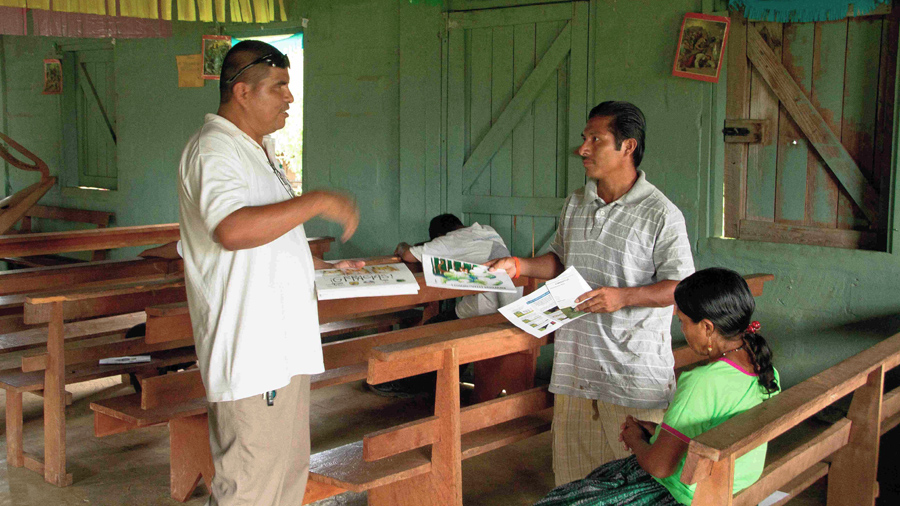
In most cases, human-jaguar conflict stems from inadequate management of farms. Moon works with farmers to help them understand how they can improve their management techniques in order to protect their livelihoods. Installation of better fencing makes it more difficult for jaguars to enter a pasture and attack animals, and increased lighting deters the cats as well. Embedding inquisitive and noise-making animals, such as donkeys with cowbells, among livestock serves two purposes: the jaguars are discouraged by the noise, and if they decide to get closer, they are confused by the fact that the donkeys come toward them rather than retreating. Corralling livestock at night and using seasonal breeding makes it more difficult for jaguars to pick off the weak animals. Additionally, when livestock is slaughtered for food, properly disposing of the carcasses decreases the chances that jaguars will be attracted to the area for easy food.
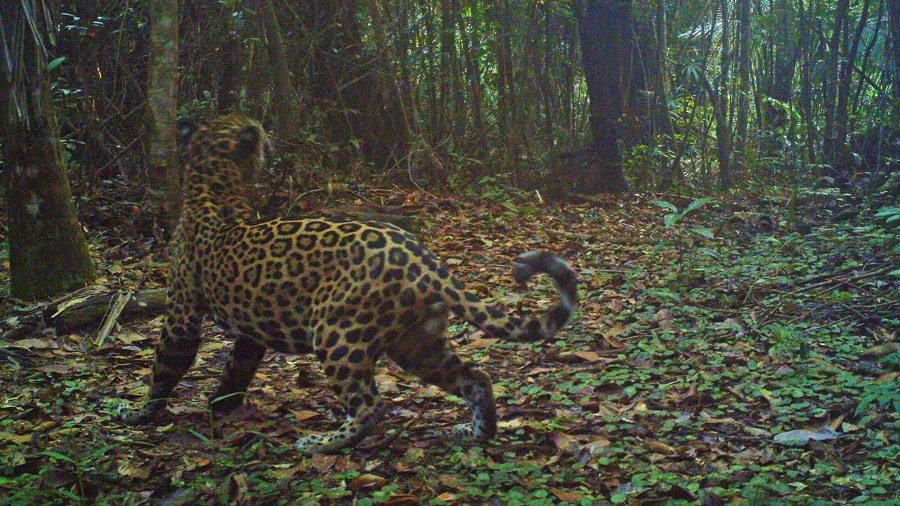
As part of his message of co-existence, Moon emphasizes the fact that shooting jaguars only worsens the situation as most of the time jaguars aren’t killed but injured. This reduces their capability to hunt in the wild and increases predation on easy targets such as livestock. When jaguars have become accustomed over years to prey on livestock, it is difficult to relocate them to another area. In such cases, The Belize Zoo which rescues and rehabilitates animals native to Belize, has in the past adopted them. However, the zoo is running out of space to accept more. In rare and sad occasions where relocation and adoption is not possible, jaguars are put down. Thus, our work toward findings ways to improve coexistence between humans and jaguars is critical.
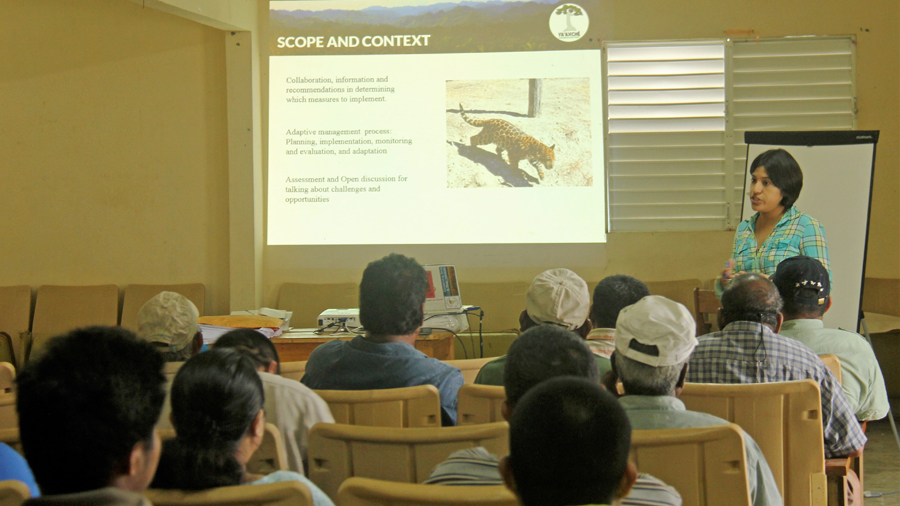
In an effort to take steps toward achieving this end, Moon and our Protected Areas Program Director, Karla Hernández, recently met with the Toledo Livestock Association to discuss the farmers’ challenges and successes and share mitigation measures for reducing conflict. Additionally, a calendar with cartoon images and mitigation tips was created and distributed to farmers, and can be downloaded on our website. As always, Ya’axché continues to recognize the human element of conservation and strives to work along with local community members to create harmony between nature and human development.
Our work of finding ways of humans and jaguars co-existing is supported by U.S. Fish & Wildlife Service.

